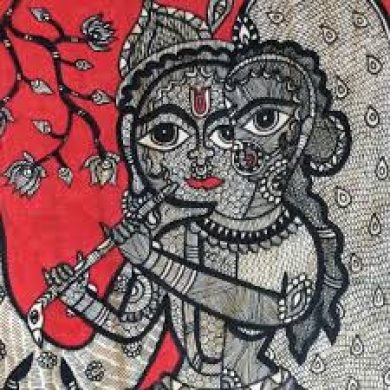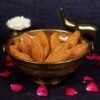Exploring the Rich Cultural Heritage of the Mithila Region in Bihar
Historical and Cultural Significance of Mithila
The Mithila region in Bihar boasts a profound historical legacy, stretching back to ancient times. According to historical records, Mithila was first mentioned in texts dating back to the Vedic period, where it is identified as the Videha kingdom. The region holds significant importance in Indian epics such as the Ramayana, where it is acclaimed as the kingdom ruled by King Janaka, the father of Sita, the consort of Lord Rama. The ancient city of Janakpur, now in Nepal, was once the thriving capital of this illustrious kingdom.
Throughout history, Mithila has been a crucible of learning and culture. The region is noted for its association with great scholars and philosophers, such as Vidyapati, a distinguished poet whose work in the Maithili language left an indelible mark on Indian literature. The influence of Mithila extended to the field of education and religion, as evidenced by its early adoption of the Mithila School of Painting, which has earned international acclaim for its intricate patterns and vibrant colors.
The cultural fabric of Mithila is richly woven with unique traditions, customs, and festivals that are upheld with great enthusiasm. Chhath Puja, a prominent festival celebrated to honor the Sun God, exemplifies the region’s deep-rooted cultural values. Equally notable is the vibrant festival of Sama Chakeva, celebrated during the autumn, which underscores the cultural aspects of sibling relationships. The nuances of Mithila’s customs also shine through in its traditional attire, characterized by the exquisite Madhubani sarees known for their fine craftsmanship.
Key historical landmarks such as the Janaki Mandir, a majestic temple dedicated to Goddess Sita, continue to be sites of pilgrimage, drawing devotees and tourists alike. The existence of these landmarks, coupled with Mithila’s ceremonial practices, offers a window into the enduring legacy of this culturally rich region.
Mithila Art and Crafts: A Window into Traditional Artistry
The Mithila region, renowned for its rich cultural tapestry, boasts an impressive array of traditional art and crafts. At the forefront lies the celebrated Madhubani or Mithila painting, an art form distinguished by its strikingly vibrant colors and intricate designs. This unique style of art has its roots deeply embedded in folklore and mythological narratives, often depicting themes from epic tales like the Ramayana and Mahabharata, as well as motifs inspired by nature and everyday life. Traditionally, Madhubani paintings were created using natural dyes and pigments, derived from plants and minerals, and were rendered on surfaces such as walls, cloth, and handmade paper with tools like twigs, matchsticks, and even fingers.
Over time, Madhubani art has evolved, gaining notable international acclaim. It transitioned from village walls to global art galleries, thanks in part to the tireless efforts of celebrated artists such as Sita Devi, Baua Devi, and Mahasundari Devi, whose works have captivated audiences worldwide. Their contributions have not only elevated the status of Mithila painting but have also kindled a renewed interest in preserving this cultural gem.
Beyond Madhubani, Mithila is a treasure trove of other traditional crafts. Pottery, notably the black pottery of Madhubani, showcases the region’s expertise in moldable artistry. Similarly, the weaving of exquisite Maithili sarees, renowned for their intricate designs and unparalleled craftsmanship, highlights the talent of local weavers. The delicate embroidery, laced with cultural significance, further accentuates Mithila’s artistic heritage.
In modern times, various initiatives have been pivotal in sustaining and promoting these traditional art forms. Government programs, along with the intervention of NGOs and grassroots organizations, play a crucial role in providing platforms for artists to showcase their works and ensuring these crafts continue to thrive. Workshops, exhibitions, and online marketplaces also significantly contribute to keeping the spirit of Mithila’s artistry alive. Through these combined efforts, the rich cultural legacy of Mithila remains vibrant and cherished, continuing to inspire and amaze audiences around the world.









Add comment
You must be logged in to post a comment.